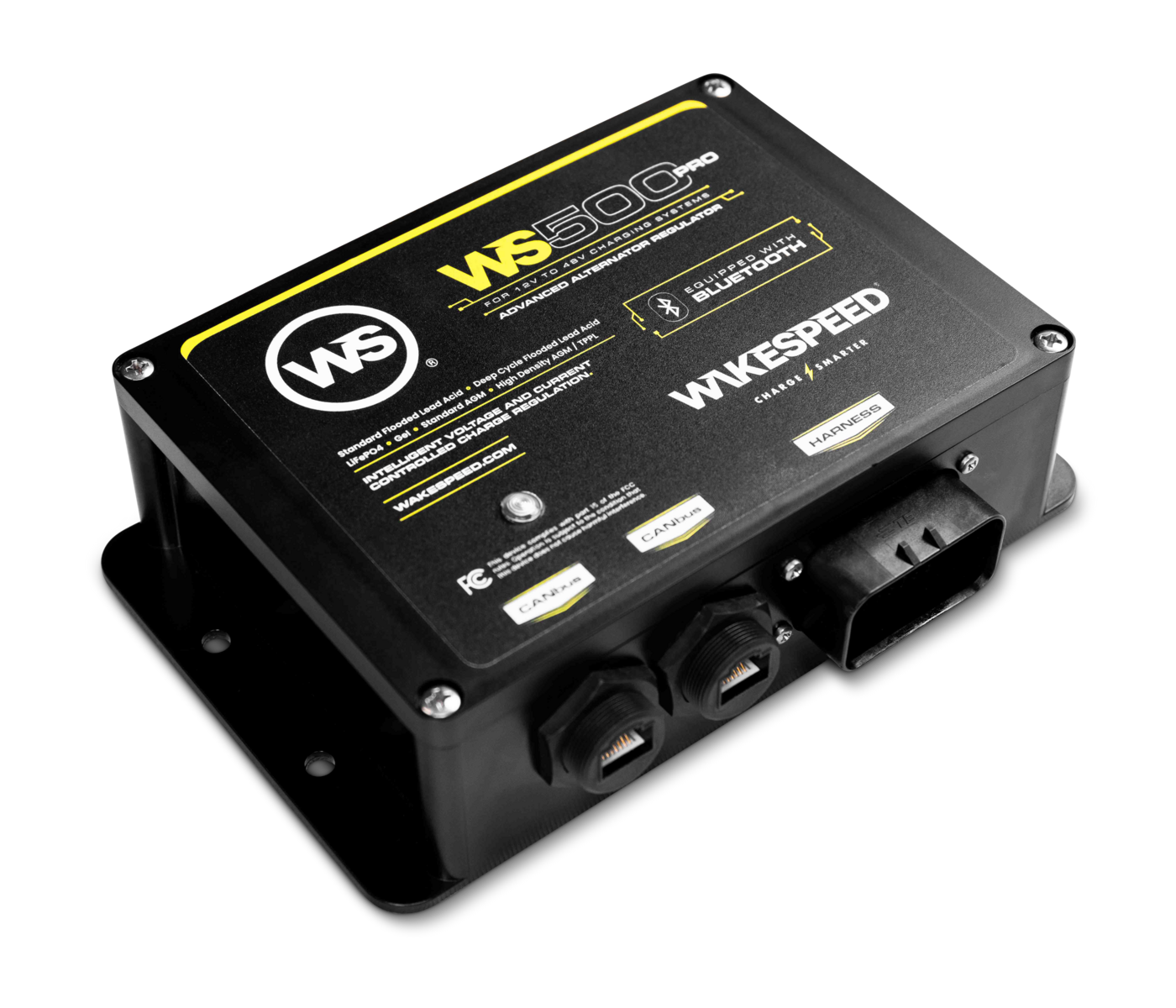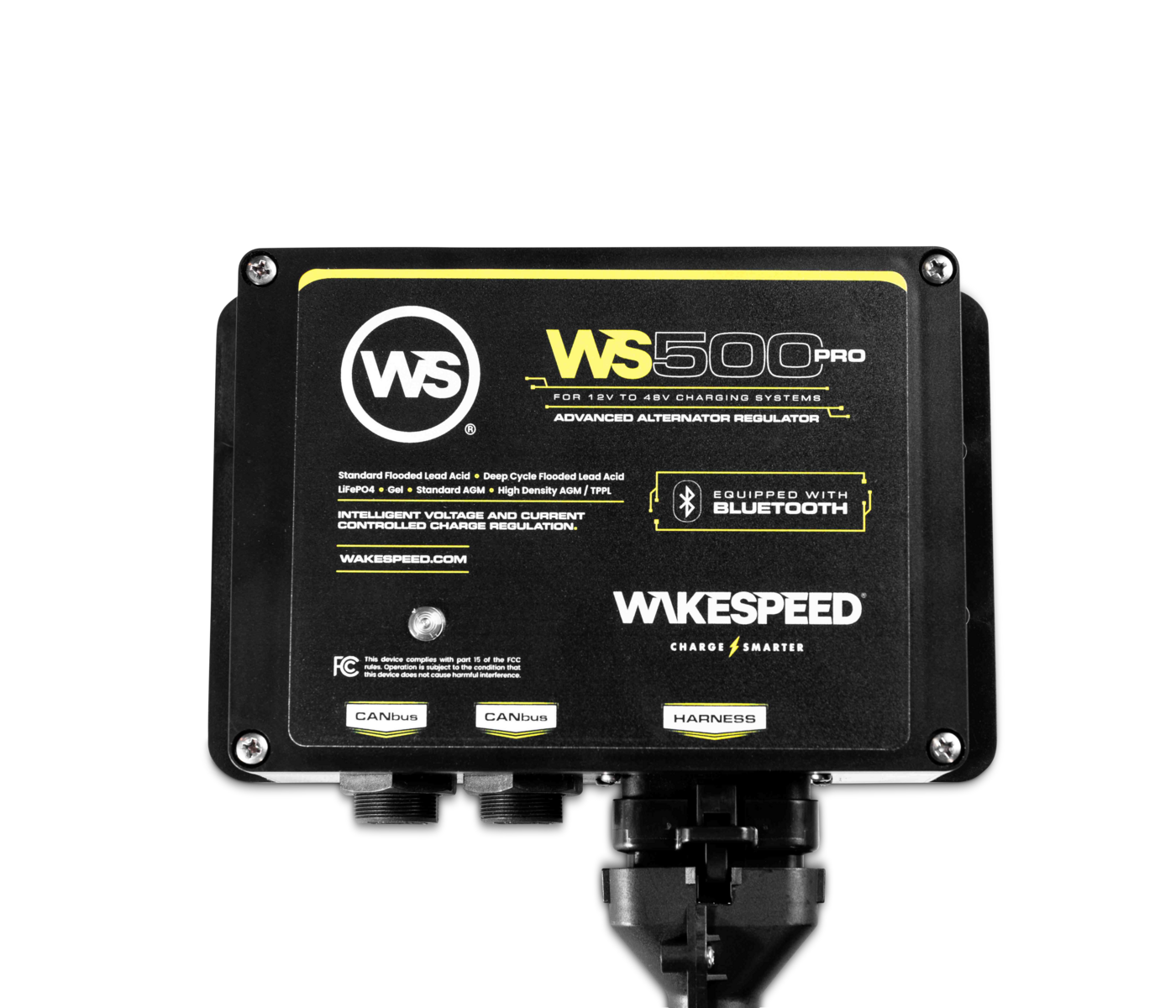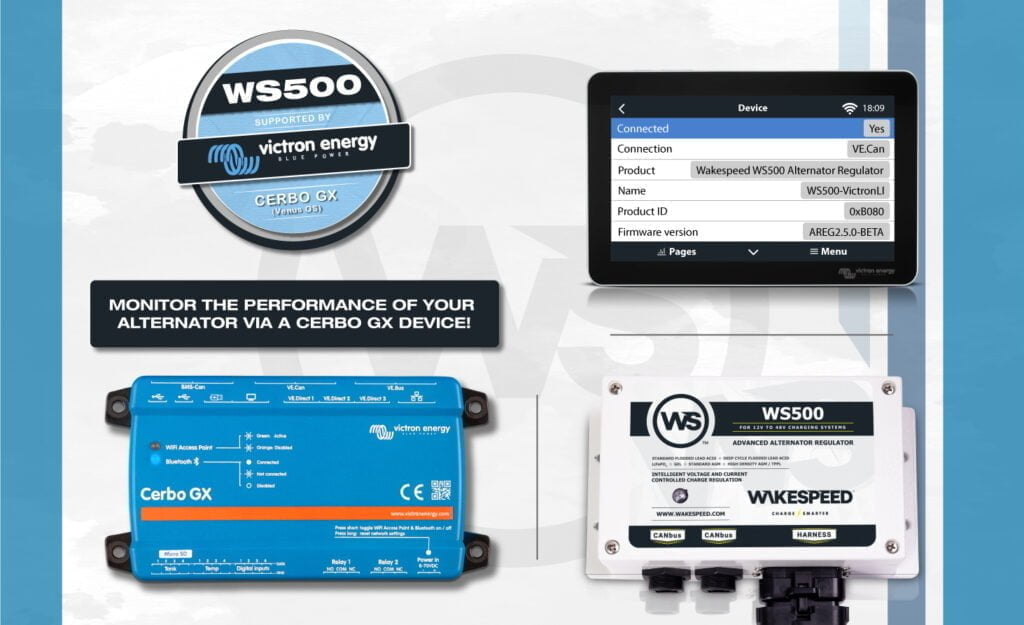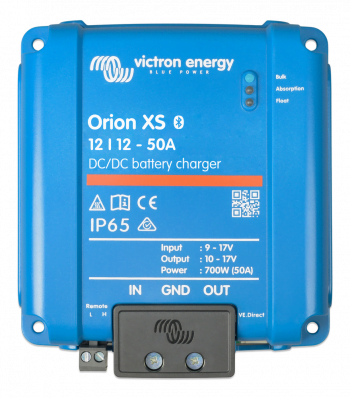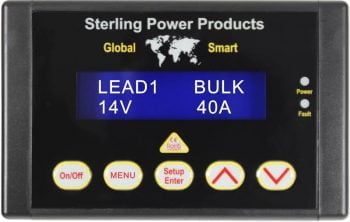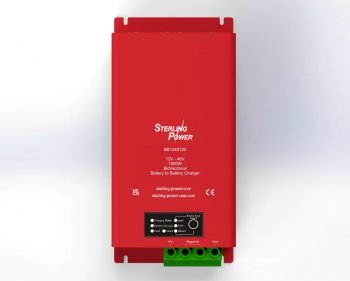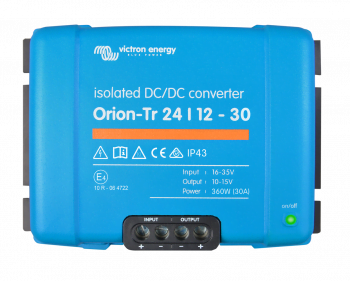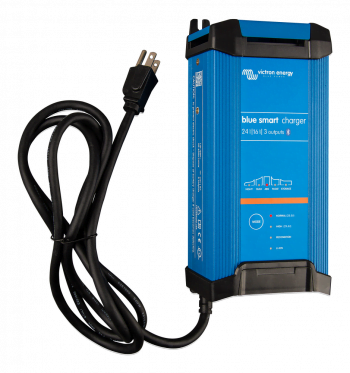Description
The WS500 is the only alternator regulator available that can utilize current, voltage and temperature to deliver the most precise and effective charging possible for 12V, 24V and 48V battery systems – with configurability for voltages in between – making it the perfect solution for charging lead acid based, or new generation LiFePO4 lithium-ion battery banks.
Uniquely designed to be configured via easy-to-use onboard DIP switches, or can be connected to a PC to provide more than 100 user controls.
The WS500 can be connected to a current shunt to monitor current flow to and from the batteries, enabling the regulator to control charging based on a combination of system voltage and amperage delivered from the alternator to the batteries. In addition, the WS500 can also monitor alternator and battery temperatures and modify charging output to ensure optimal safety and charging performance at the alternator and batteries. When connected to a BMS system, the WS500 can receive critical voltage, current and temperature data via the CAN J1939 pathway, reducing the need for external sensor connections.
The regulator’s auto-detect function identifies system voltage and automatically adjusts charging to support 12V, 24V and 48V profiles. Default profiles for eight battery types can be configured at the regulator via the DIP switches. Selectable profiles include programs for standard and deep cycle flooded lead acid, standard and high-density AGM batteries, Gel, Battle Born lithium batteries, and generic LiFePO4. Two profiles allow for the flexibility to customize profiles with a PC, using the WS500 Configuration Tool or a terminal program like Putty. Support for non-common battery voltages (such as 32v) may also be configured in the same way.
The WS500 can be used with different polarity alternators by selecting the appropriate N-Type or P-Type regulator wiring harness. Wiring harnesses are equipped with high-quality Ampseal connectors and provide all connections for basic operation, as well as dedicated connection wires for voltage and current sensing.

